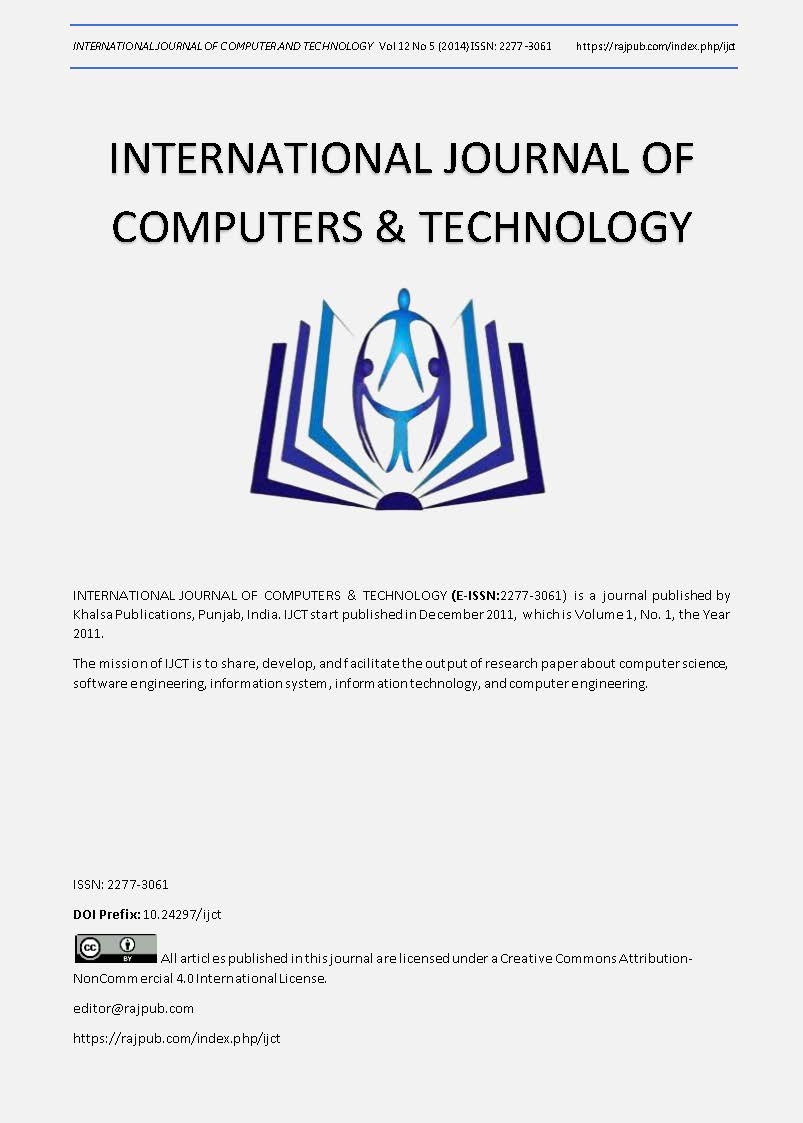PRIVACY PRESERVING CLUSTERING BASED ON LINEAR APPROXIMATION OF FUNCTION
DOI:
https://doi.org/10.24297/ijct.v12i5.2914Keywords:
Clustering, Privacy preserving, Principal component analysis, Regression, Self organization mappingAbstract
Clustering analysis initiatives a new direction in data mining that has major impact in various domains including machine learning, pattern recognition, image processing, information retrieval and bioinformatics. Current clustering techniques address some of the requirements not adequately and failed in standardizing clustering algorithms to support for all real applications. Many clustering methods mostly depend on user specified parametric methods and initial seeds of clusters are randomly selected by user. In this paper, we proposed new clustering method based on linear approximation of function by getting over all idea of behavior knowledge of clustering function, then pick the initial seeds of clusters as the points on linear approximation line and perform clustering operations, unlike grouping data objects into clusters by using distance measures, similarity measures and statistical distributions in traditional clustering methods. We have shown experimental results as clusters based on linear approximation yields good results in practice with an example of business data are provided. It also explains privacy preserving clusters of sensitive data objects.Downloads
Download data is not yet available.
Downloads
Published
2013-06-30
How to Cite
Pasupuleti, R., & Gugulothu, N. (2013). PRIVACY PRESERVING CLUSTERING BASED ON LINEAR APPROXIMATION OF FUNCTION. INTERNATIONAL JOURNAL OF COMPUTERS &Amp; TECHNOLOGY, 12(5), 3443–3451. https://doi.org/10.24297/ijct.v12i5.2914
Issue
Section
Research Articles









